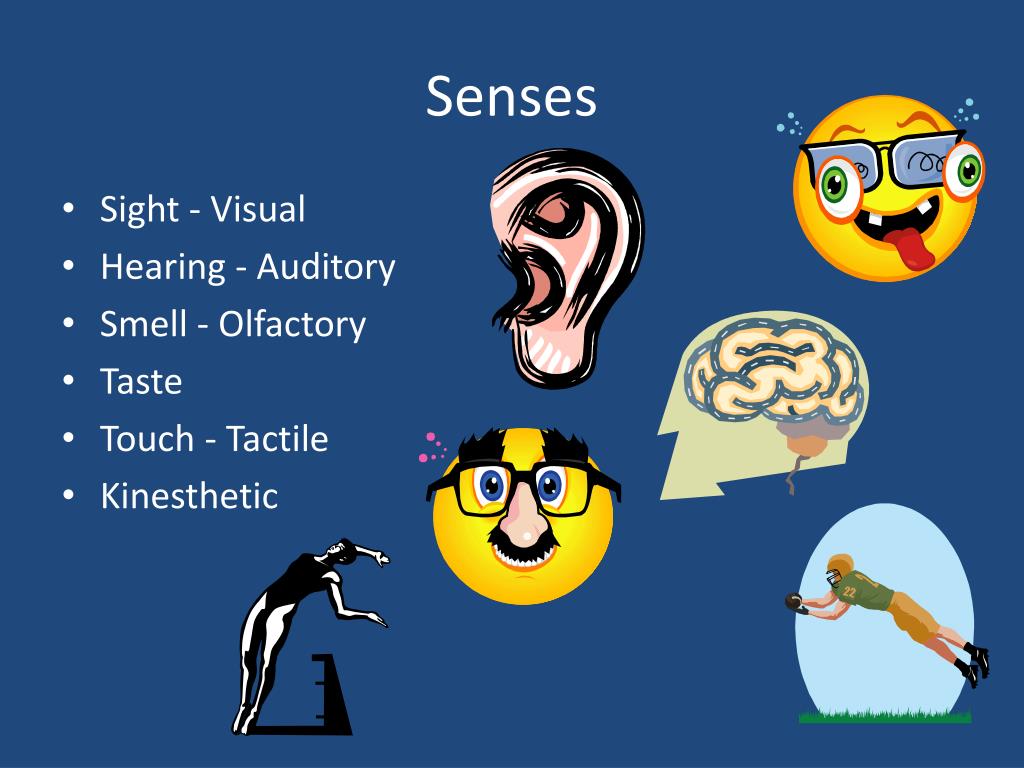
While various studies have stressed the link between thinking and acting, particularly in spatial experience, the term “design thinking” seems to disconnect conceptual thinking from physical expression or process. Human perception has long been a critical subject of design thinking. Interior Architecture and Design, Department of Design and Merchandising, Colorado State University, Fort Collins, CO, United States.The same is true with musicians with warmups- I am absolutely guilty of doing the same warmup every day, and just sort of going through the motions. We may no longer think about the way we execute the pose, and may be doing the poses on autopilot, with little felt sense of proprioception or kinesthesia. We may have a remembered rote sense of what poses usually “feel” like, and thus replicate a similar felt experience each time. Let’s tie this all back to yoga asanas – after a certain point, many of the traditional yoga asanas (vinyasa, downward dog, tadasana, warrior poses, etc.) become very familiar, thus unconscious competence. This same matrix can be applied to musical training, whether with a musical technique or concept or a selection of music. I think I’m still somewhere in the conscious competence phase in regards to handstanding, since it’s not yet second nature, but we’ve all seen people pike and float into handstand with no problem, thus unconscious competence. A few years later, I was able to kick up to the wall, albeit not always gracefully, and able to refine my kinesthetic mastery of the movement mechanics, thus conscious competence. I later started to build the strength needed in the shoulders, although my kick attempts were clumsy (conscious incompetence). When I first tried a handstand, I was convinced that I could not do one (having not done them in my youth), and had no idea where to start, thus the unconscious incompetence phase. Let’s apply this to a movement skill that I am still refining: handstands. Unconscious competence: Student is able to execute the skill with minimal effort and ease. Unconscious Incompetence: The student does not know or understand how to do something, and therefore does not know their own incompetence.Ĭonscious Incompetence: The student does not understand how to do something, but sees their own deficits and is eager to learn.Ĭonscious Competence: Student understands how to do something but is refining the movement and skills needed. With every new set of movement concepts or skills, there is a timeline of growth and acquisition that can be seen in the psychological model of the conscious competence matrix, used in many different modalities of learning: Although there is still incredible benefit to be reaped from repetition and movement, creativity is what drives the brain, kinesthetic sense, and motor learning. In addition, the brain exhibits neuroplasticity, meaning that changes in nerves and synapses can occur, new movement skills can be acquired at any time, and there is potential for new neural connections throughout life, regardless of age.Īs humans, we are often creatures of habit, often preferring repetition and predictability to novelty, from driving the same way every day to work, to performing the same set of sequenced asanas in a class or at home. In yoga and other movement disciplines, we need both our proprioceptive sense and kinesthetic abilities to execute tasks. Kinesthesia, however, is more behavioral in origin and your body is more actively involved in assessing movement patterns and making adjustments. Proprioception is the result of sensory input throughout the body (skin, fascia, muscle, joint receptors), which then sends feedback to the spinal cord and brain.


Kinesthesia is the “Sense perception of movement, the muscular sense,” meaning an awareness of how movement is performed. According to the American Heritage Science Dictionary, proprioception is “The unconscious perception of movement and spatial orientation arising from stimuli within the body.” In other words, it’s the awareness of body position and location. Let’s look at two words that are often used interchangeably but mean different things: proprioception and kinesthesia.


 0 kommentar(er)
0 kommentar(er)
